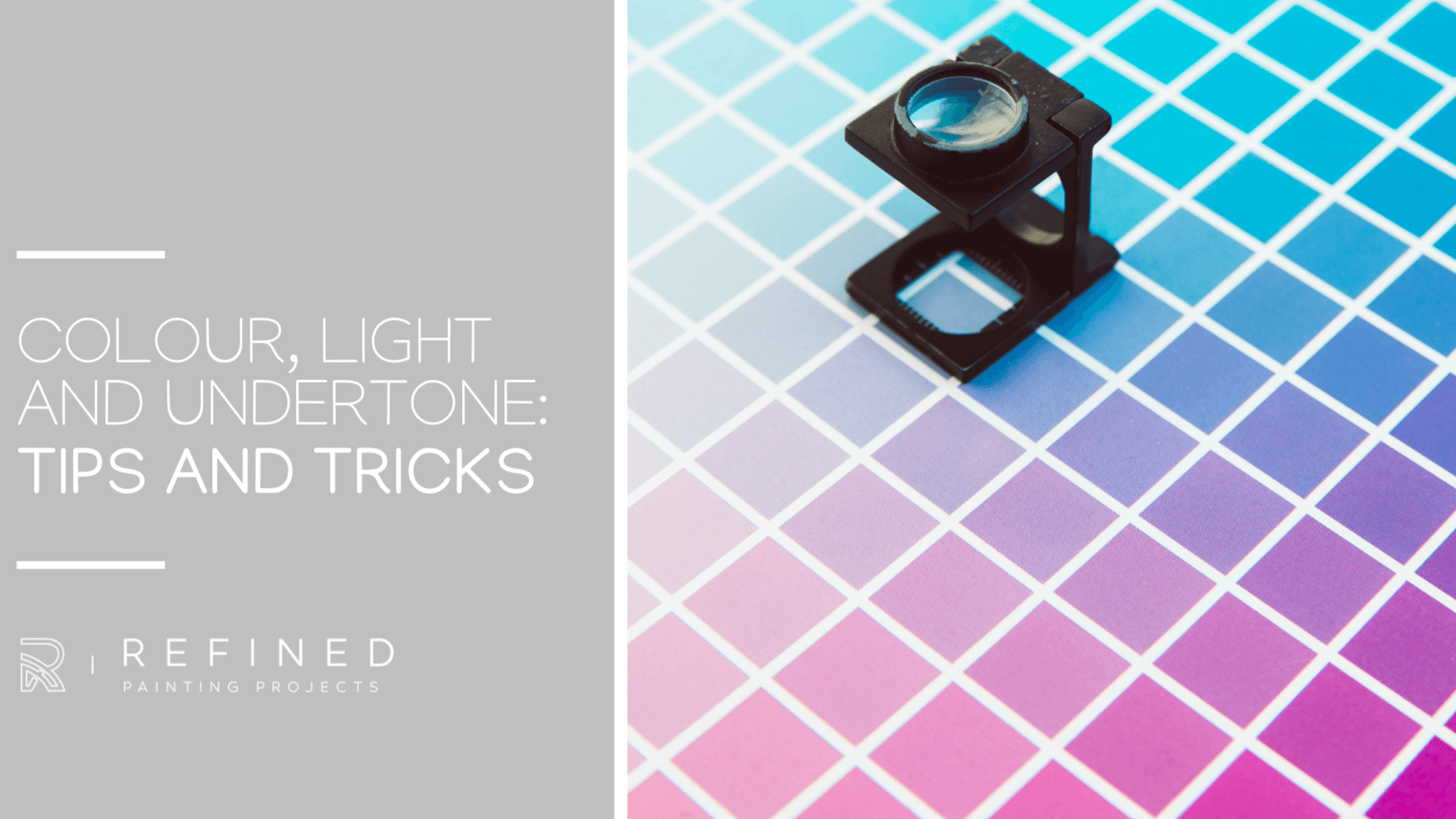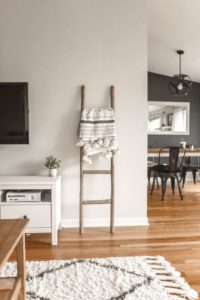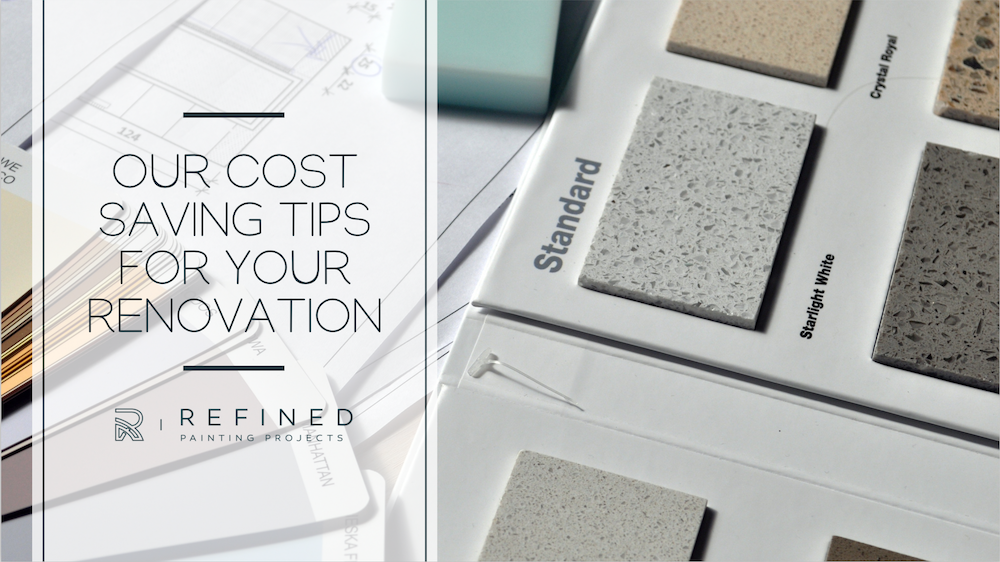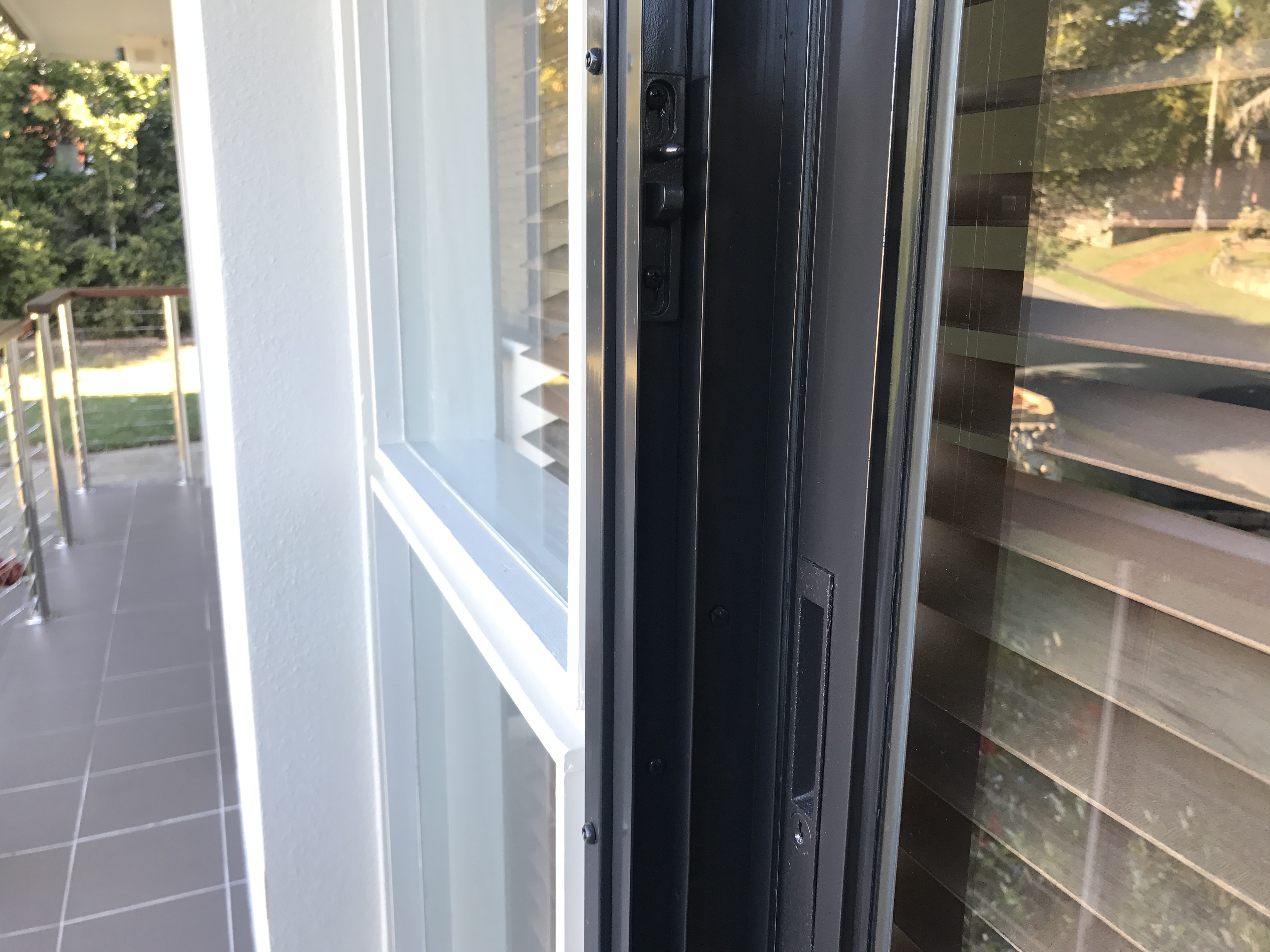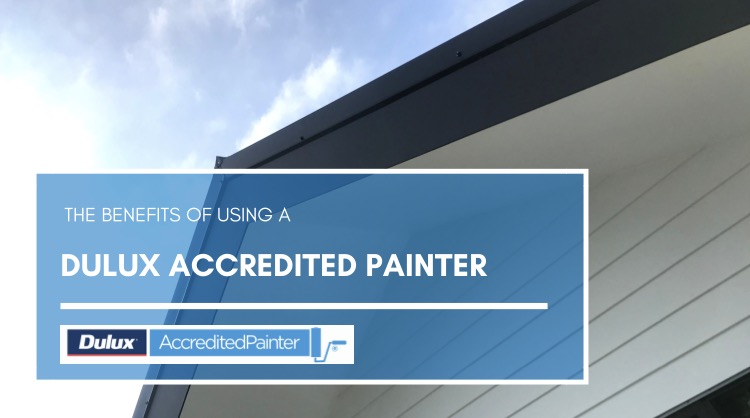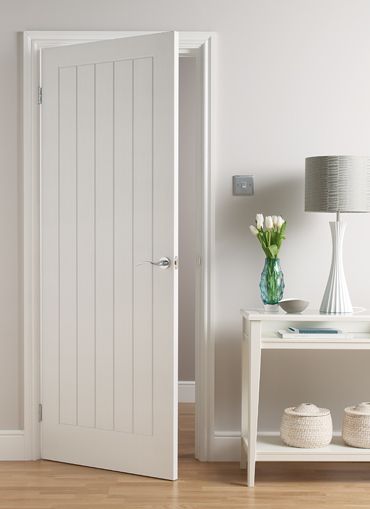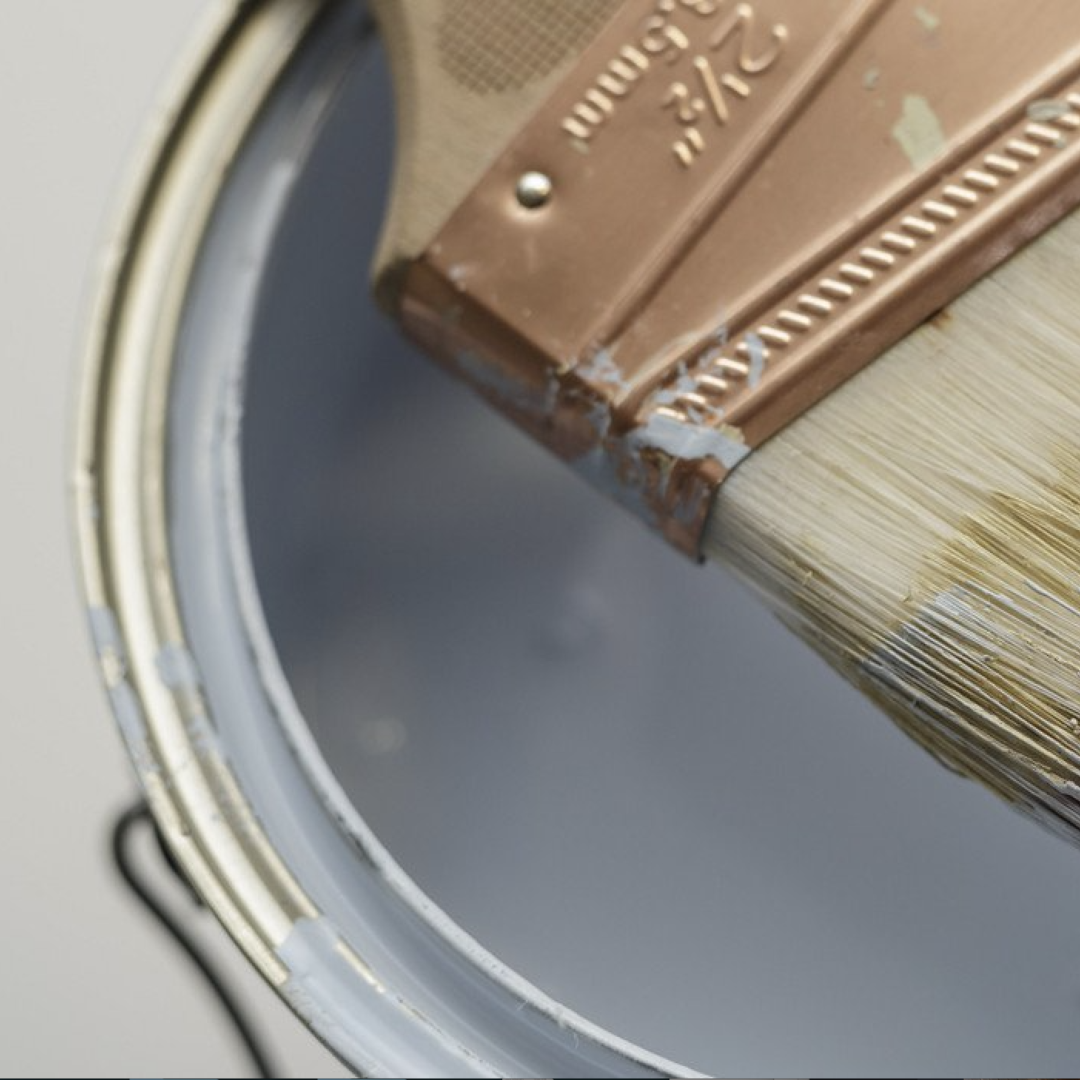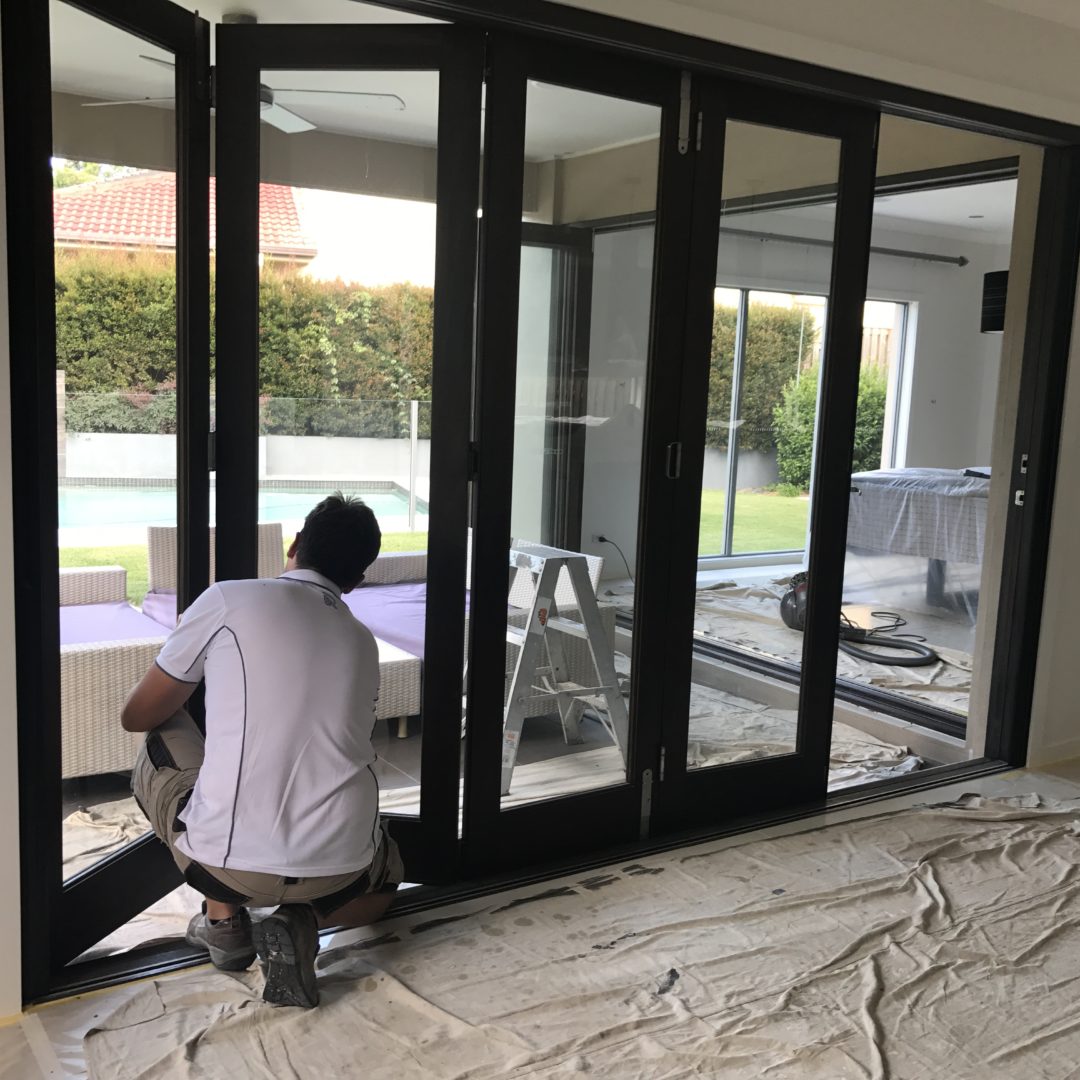
A year ago now, we were lucky enough to be able to travel to Sydney with our then newly qualified apprentice, Max, to mentor him as he competed in the national WorldSkills competition for Painting and Decorating.
This is the same competition that Clayton competed in and placed third in during his apprenticeship in the early 2000’s, and is an experience that remains extremely close to his heart.
A year on from our most recent WorldSkills experience, we’ve taken some time to reflect on the competition and wanted to share our 5 key takeaways from the experience, from the perspectives of a competitor, mentor and employer.
MENTORING IS JUST AS REWARDING AS COMPETING
There is something so rewarding about coaching another person to meet their goals, and then seeing them achieve them. It’s the understanding of how that achievement will make the mentee feel, the confidence it will bring them, the sense of pride they will now hold, and hopefully the feeling of being supported unconditionally by those around them.
It’s a very different feeling to achieving a goal yourself, but in our experience, it feels even better.
YOUNG PEOPLE CAN AND DO WORK HARD
The sheer determination and hard work we saw from every young person who competed in this competition is something that impressed us a year ago, and continues to today. Each and every one of them trained for countless hours for 12 months prior, having begun training before regionals, and then ramping it up in the lead up to the national comp. They put in huge physical days during the event, and we never once heard a complaint.
It was clear that these young people were willing to do what it took because they loved what they were doing. They had found the career that motivated them, they were supported, and nothing was going to stand in the way of them completing this competition and being their best.
THE POWER OF CAMARADERIE
We watched not only the painters, but a large number of other trades over the course of the event. Some trades worked in pairs for the duration of the competition, including visual merchandising and landscaping. These pairs of people represented the same state, but were not necessarily from the same region or TAFE, and were paired up for the purposes of the national competition only. Watching the relationships (of the landscapers especially) evolve over the 4 days was heartwarming, and seeing their mutual relief and elation when the final buzzer went off was really moving. These duos have no doubt formed friendships that will last a lifetime thanks to this experience.
In our own section, the competitors worked as individuals, but still supported each other for the duration. We watched as they interacted at the end of each day, checked out each others’ booths, and genuinely complimented each other on their work. The bond that was developed amongst the painters and amongst us as mentors and families of the competitors was strong, so much so, that we remain in contact today, and are so excited to see them all thriving in their respective states.
IT'S NOT ALL ABOUT WINNING
The memories we all hold dear to us from this experience are not those from the awards night, but are from the competition itself. There were far more greater “wins” than a place on the podium, that will serve Max and all of the competitors well in their careers to come.
They had to think outside the box to fix problems on the fly, to work with finesse (some of their work was measured against a scale with millimetres only of tolerance), and they had to work to tight deadlines and with extreme discipline when it came to time management. Simply to complete the requirements by the end of the competition was an achievement in itself. These skills that they developed, along with their proven commitment and dedication to the experience, are the real winners from WorldSkills.
TAKE THE OPPORTUNITY
What an experience that could have been missed! If you are ever provided with the chance to support a team member or a family member through a competition or similar experience for something that they are passionate about – take it. This was a fantastic development opportunity for Max and for us, and really helped to build a solid foundation and strengthen our working relationship.



